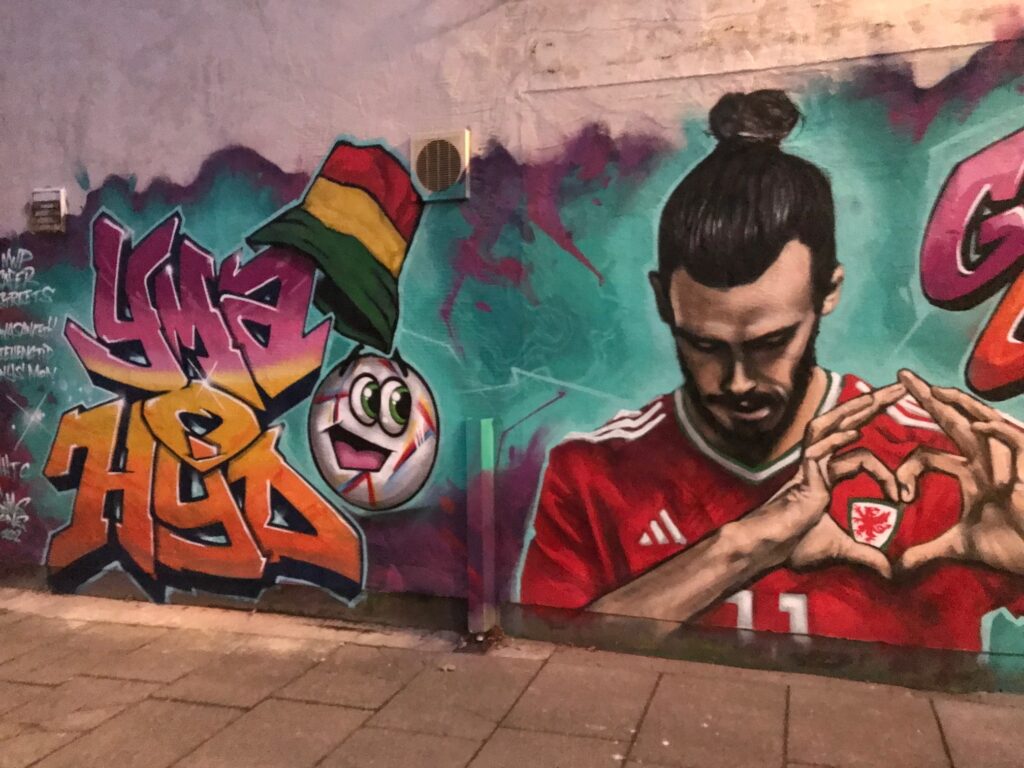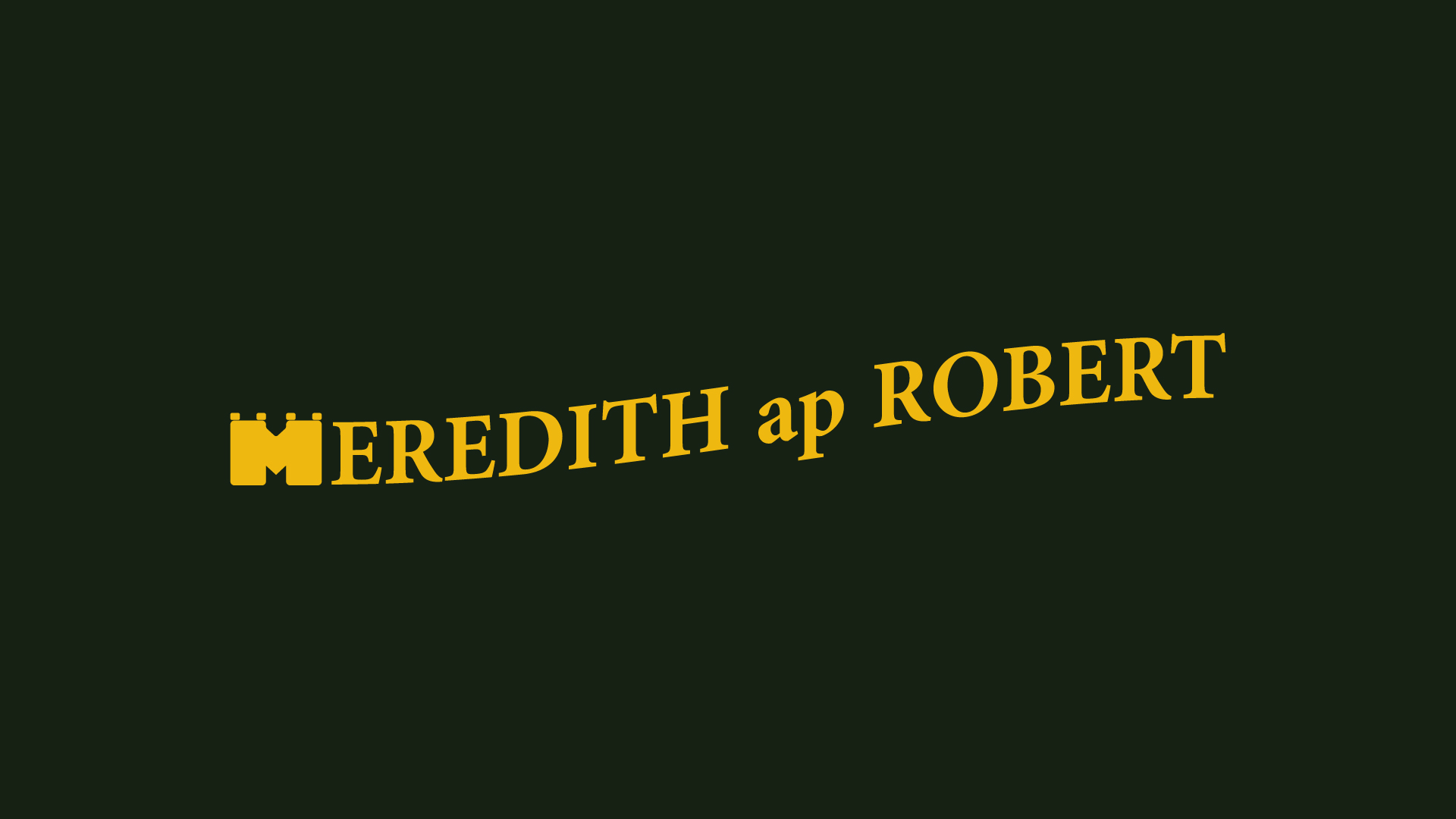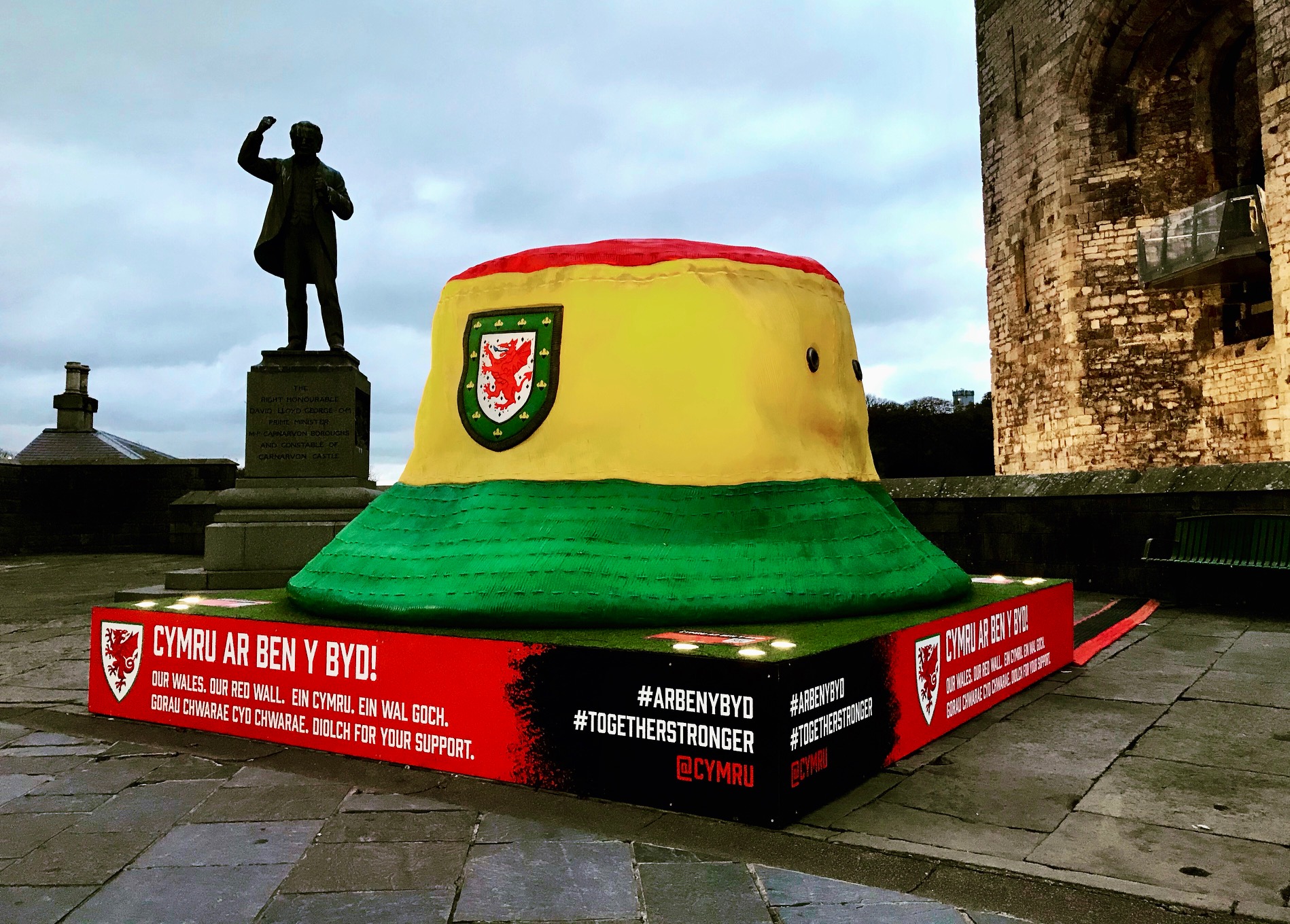Traveling to Wales in November isn’t at the top of most people’s bucket list. And it wasn’t on mine, either. But when Wales qualified for the World Cup for the first time since 1958, it shot straight to the top.
You might think it odd because I’m not even much of a football fan. But I am obsessed with Wales. I’m a fanatic. My partner was telling me how I’m a magnet for all things Welsh. Two minutes later, we passed a Welsh cultural center in La Plata, Argentina.
As I stood in line for security in Dublin, it crossed my mind how weird my trip might seem to some. But I had a feeling that in Ireland, I wouldn’t have to explain myself to security.
Later, I visited the Little Museum of Dublin. The tour compressed 1,000 years of history into 29 minutes, and one of the highlights included Ireland’s 1990 run to the World Cup quarterfinals.
“The World Cup may have been in Italy, but the place to be was here in Dublin,” our guide said. “Now, you might be wondering what there was to celebrate in reaching the quarterfinals. But now you see, it had the word finals in it.”
Security didn’t bat an eye over my backstory. Over the couple days I spent in Ireland, there was a little surprise, but more admiration on my trip.
“Wales, now that’s a place you don’t hear much about!” one of my Airbnb hosts remarked.
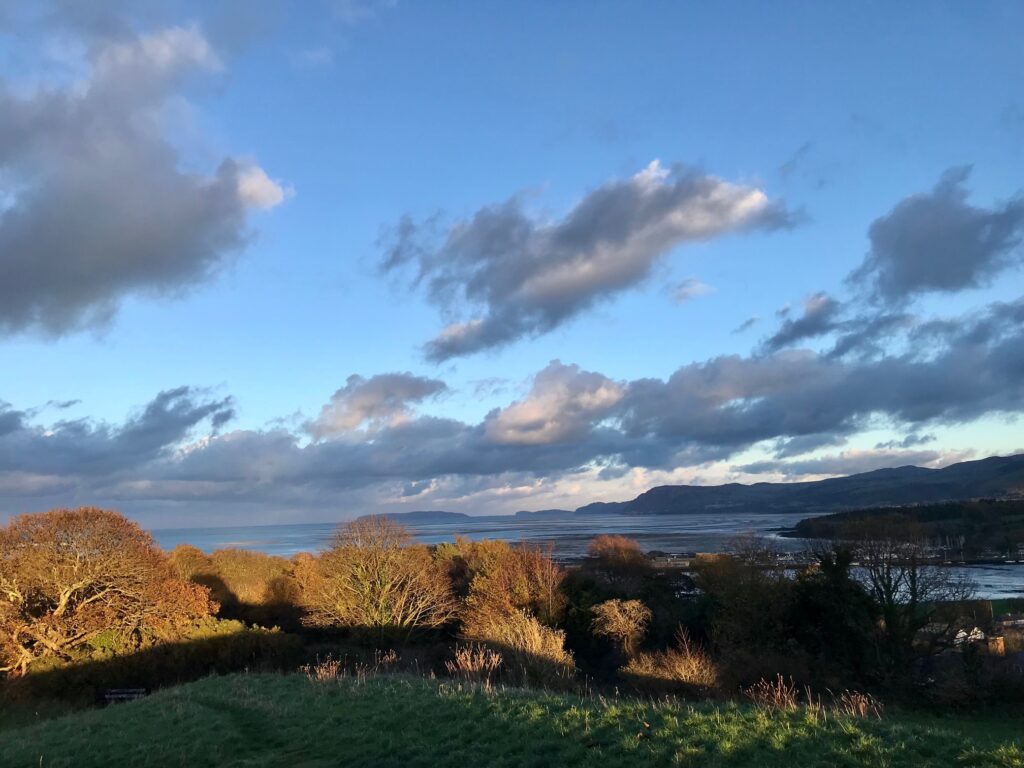
After taking the ferry from Dublin, my first stop was in Bangor, a small university town nestled between the Menai Strait and Snowdonia/Eryri. The region is rugged, mountainous, and glorious; a stronghold of Welsh culture and language.
My Airbnb host in Bangor was proudly Welsh and Welsh-speaking. I didn’t need to convince him of my interest and passion. I just had to hold back a bit so as to not overwhelm him with my enthusiasm for the country.
His message to me as I left, “Cofia barhau i ddysgu Cymraeg!” Remember to keep learning Welsh!
Bangor was more than a happenstance waypoint, as I hope to pursue a masters degree at the university. So I set up a tour to get to know the campus.
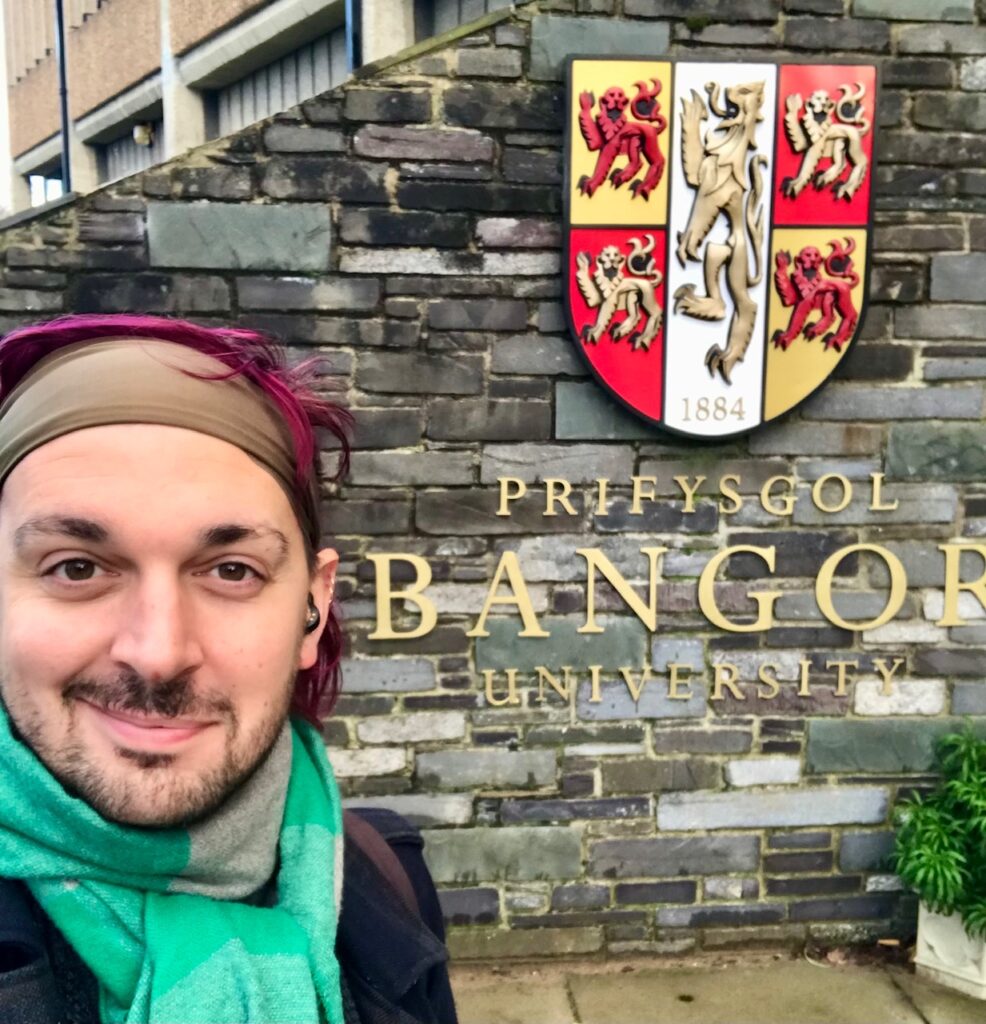
The woman who welcomed me to campus was gracious; curious in a restrained and polite way that I take to be characteristically British. During the campus tour, I divulged quite a lot about myself (a friend of mine who used to give tours tells me that it’s quite normal for tours to bring up unexpected bits of personal information), but I hadn’t mentioned my family heritage or deeper interest in Wales.
My guide was English—from London if I remember correctly. A colleague of hers, a Welsh woman, sat down to join us as we ate lunch. Our conversation led me to share a bit about my ancestry.
When you meet the right person, these things have a way of coming up. As we spoke, I recognized the look on my tour guide’s face. It said, “Ah, now I know why you’re really here.”
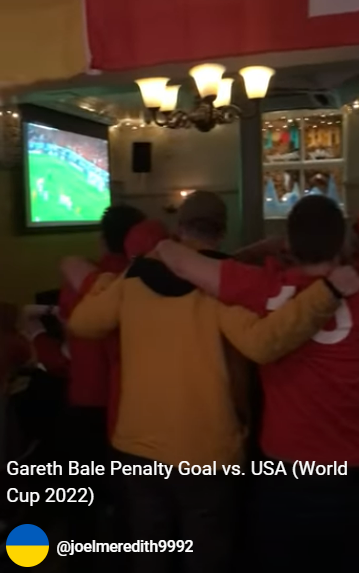
Wales is a glorious country, simultaneously on the periphery of its two larger neighbors and central unto itself. Living in England’s shadow is no easy thing. This is a place where identity is contested, and in part forged through this very contestation.
Identity may be evolving, shifting, and chimeric. But it’s also as fierce as the ubiquitous ddraig goch keeping watch over the land of Arthur, as immovable as the mighty mountains, and as unbowed as the ancient Welsh tongue.
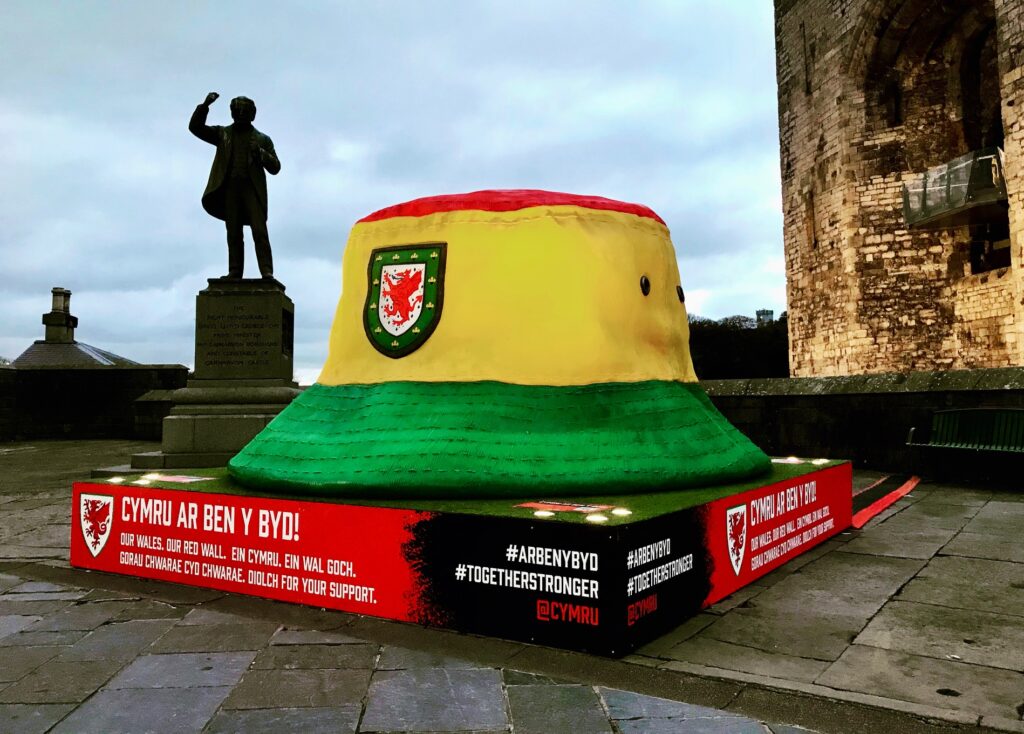
Even if I hadn’t been called by Wales’ date with history, I would have still enjoyed every moment of my trip. I, along with the whole nation, hoped for a better tournament. But I didn’t go to see Wales win the World Cup, though I would’ve told my grandkids about beating England. I went to be with my ancestral people—to sing Hen Wlad fy Nhadau as loudly and as often as I could, to wear my ill-fitting, knock-off bucket hat, and join in every chorus of Yma o Hyd.
From Argentina to North America and across the ocean to our homeland, we are still here.
Yma o hyd.
